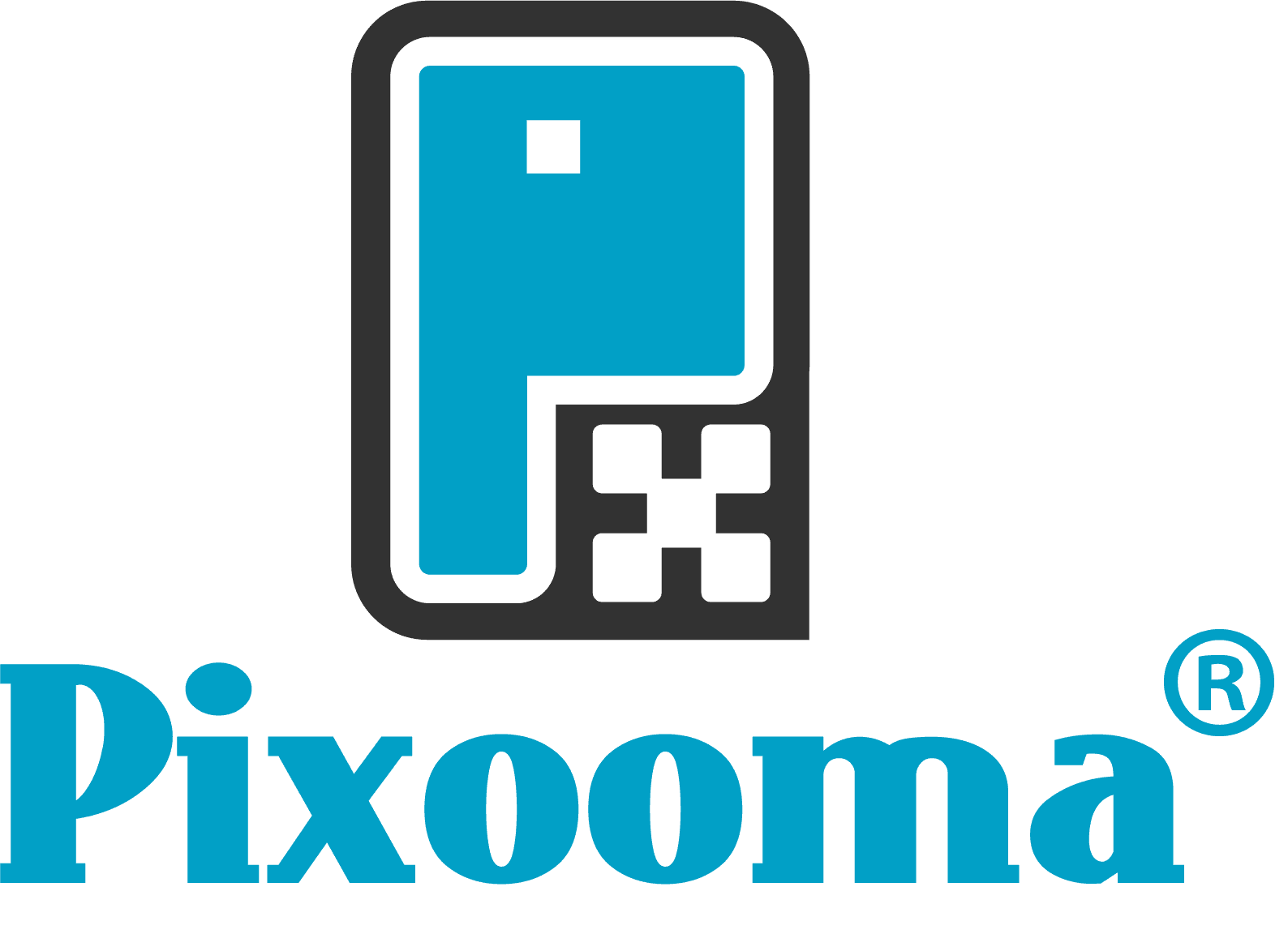How to craft the
perfect homepage
[wpseo_breadcrumb]
Mark Coster
Founder of Pixooma

When people want to learn more about your business and find out what you can offer, your website is normally the first place they head to. Which is why I believe your homepage – one of the most importance pages on your website and in effect your virtual front door – needs to shine. If your visitors don’t like what they see, they won’t stay long.
Obviously with anything design related, it’s completely subjective. But I think your homepage should be fully responsive and include the following essential elements:
Quickly answer the two main questions that your audience wants to know. “Can you solve my immediate problem?” and “Why should I use you?”
Whilst these points are important, I think that you need to go further. Here are my top 7 recommendations for crafting an enticing and engaging homepage.
Finally, don’t assume people will always land first on your homepage. Remember search engines may take them straight to the middle of your site. So, my advice is to ensure every page has a similar look and feel and makes a good jumping-off point. This will enable your visitors to be able to navigate wherever they want to go on your site in an efficient and timely manner.
If you like this blog we can send future ones straight to your inbox…
Spread the word!



